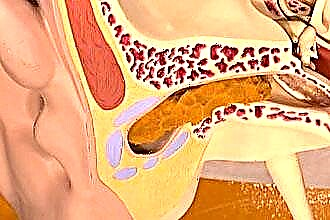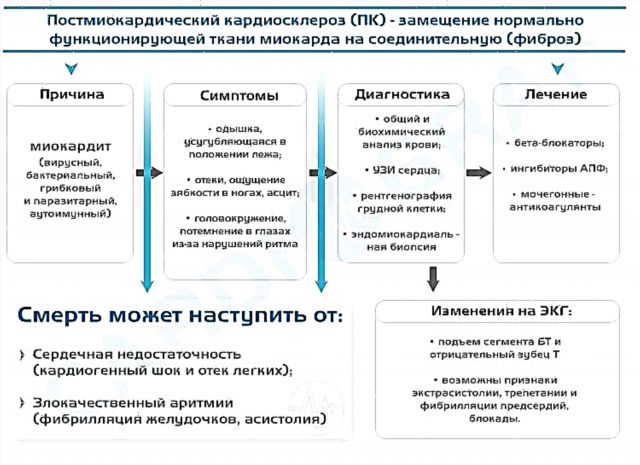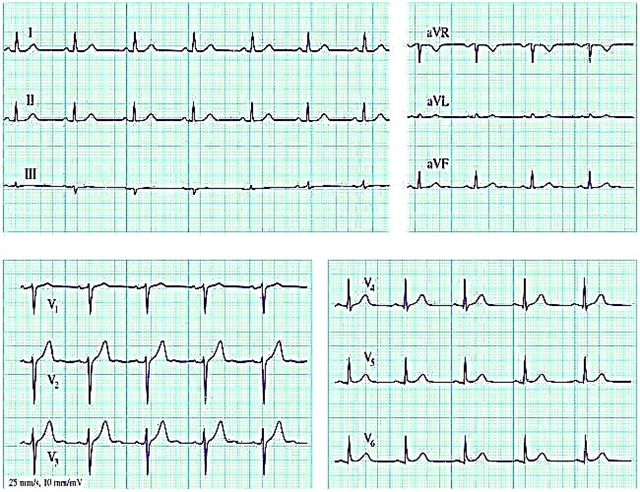Hypertension is dangerous for its complications that arise in the heart, brain, kidneys, and blood vessels. To reduce the possible risks of development, in addition to medications, treatment is used by correcting nutrition. Therefore, it is important to know which fruits reduce blood pressure in order to include them in the diet.

Fruits that lower blood pressure
Various fruits can be used simultaneously for prevention and treatment. Their effect on high blood pressure is by influencing the chemical reactions taking place in the body. Changing your diet for hypertension is an integral part of treatment. An important component of dietary therapy is fruit, which contains essential trace elements and vitamins. These include:
- omega-3 acid;
- vitamin C, E.
- magnesium;
- potassium;
- folic acid.
Regular consumption of polyunsaturated fatty acids (Omega-3) leads to a decrease in lipids in the body. In addition, they have an anti-inflammatory effect by acting on the cells of the heart.
Omega-3 deficiency leads to the deposition of lipids in the lumen of blood vessels in the form of cholesterol plaques. As a result, it gradually narrows, blood flow is disturbed and pressure rises.
The role of magnesium in the regulation of high blood pressure is to maintain its optimal concentration, along with sodium and potassium. If the electrolyte balance is disturbed, then an overabundance of the last elements occurs, which is manifested by the appearance of insomnia, cramps in the calf muscles, high blood pressure, fatigue and constipation.
Great importance is also attached to folic acid, which is able to protect the heart muscle from pressure surges and other factors that lead to a stroke or heart attack. Under its influence, with constant intake, the deposition of lipids with a high density on the vascular walls slows down. As a result, the risk of atherosclerotic plaque formation and the increase in pressure associated with this cause is reduced.
Vitamin C is also able to normalize blood pressure. It acts as an antioxidant, protecting the vascular wall. It neutralizes bad cholesterol. He can also expand the lumen in the vessels. Vitamin C, by releasing nitric oxide, increases their permeability. In the presence of an atherosclerotic plaque, the compound is able to stimulate collagen formation. It makes it more durable, which reduces the risk of complications.
Not all fruits are able to influence blood pressure, some also increase it. It is important to know which fruits lower blood pressure in order to introduce them into your usual diet. These include:
- bananas;
- watermelon;
- persimmon;
- kiwi;
- plums;
- tangerines;
- Garnet.
It is important to consider certain restrictions that may arise if you have an allergic reaction to a certain product from the list.
Bananas
This fruit is considered universal, it not only helps to cope with hunger, but also to reduce high blood pressure. The reason for this is the presence of a large amount of potassium in its composition. The fruit can be used as a snack or at breakfast. Fresh banana pieces are added to cottage cheese or porridge. In the crushed state, the fruits are frozen and, if necessary, used for their intended purpose. When exposed to low temperatures, beneficial properties are not lost. It should not be forgotten that people with diabetes are not allowed to eat bananas due to the presence of a large amount of carbohydrates.
Watermelon
A large berry contains many useful vitamins and minerals. To increase the body's resistance to pressure surges, it is necessary to eat several slices of watermelon. It contains amino acids such as citrulline and arginine. Once in the body, nitric oxide is formed on their basis, the task of which is to regulate the tone of the vascular wall and reduce pressure.
In addition to these substances, the pulp of watermelon is rich in the following elements useful for hypertensive patients:
- potassium;
- lycopene;
- vitamins: C, B6 and A.
With the constant intake of medicines, it is necessary to know not only fruits that increase blood pressure, but also reduce it, such as watermelon. Additional intake of natural citrulline makes it possible to reduce the dosage of medications. The substance is able to maintain the elasticity of the vascular wall for a long time, reduce the risk of developing hypertension and reduce high blood pressure in combination with combination therapy.
Due to the diuretic effect, from the intake of several pieces of watermelon, salts are excreted in the dissolved state. Due to the large amount of fiber, intestinal peristalsis begins to work more actively, which accelerates the excretion of lipids that have accumulated in excess.
Persimmon
Persimmon fruits do not increase blood pressure, but are able to slightly reduce it if you eat 1 piece every 1-2 days. Due to the high content of organic compounds, people with diabetes can use it in their diet.
Unlike bananas, persimmons do not raise glucose levels. A large amount of vitamin C dilates blood vessels, and potassium normalizes the activity of the heart.
Kiwi
 Kiwi fruit contains a large amount of vitamins, trace elements and antioxidants. To strengthen the vascular wall, heart muscle and expand the narrowed lumen, the following substances are needed, which are rich in kiwi:
Kiwi fruit contains a large amount of vitamins, trace elements and antioxidants. To strengthen the vascular wall, heart muscle and expand the narrowed lumen, the following substances are needed, which are rich in kiwi:
- vitamin C, E and K;
- magnesium;
- antioxidant lutein.
Thanks to the last component, cells are protected from damage by free radicals. A high level of lutein slows down the process of hardening of the vascular wall.
Plums
The fruits are useful for renal diseases and pathology of the cardiovascular system. Due to the content of a large amount of trace elements, excess fluid is removed from the tissues. Vitamin C strengthens the vascular wall, expanding it and reducing pressure.
Tangerines
 Citrus fruits contain more vitamin C than other fruits. It has antioxidant properties and dilates blood vessels, which helps to normalize blood pressure. This effect is provided by such substances:
Citrus fruits contain more vitamin C than other fruits. It has antioxidant properties and dilates blood vessels, which helps to normalize blood pressure. This effect is provided by such substances:
- Carotenoids.
- Naringin.
- Lutein.
- Xanthine.
- Hesperetin.
Tangerines are high in fiber that inhibits the absorption of bad cholesterol, which reduces the risk of atherosclerotic plaque formation.
Garnet
Antioxidants, together with phenolic compounds in the composition, provide a diuretic effect. By reducing the volume of circulating blood in the vascular bed and removing excess fluid from the tissues, a hypotensive effect is achieved. In addition, pomegranate seeds contain a lot of vitamins from groups B, A, PP, C. They are involved in protein metabolism. Also, the fruit is rich in folacin and pectins, they normalize blood counts and help prevent iron deficiency anemia.
Despite the beneficial properties of pomegranate, some restrictions on its use are also noted. It is better to refrain from it for people suffering from peptic ulcer disease, as well as for people with high acidity of gastric juice.
Knowing which fruits reduce blood pressure, you can monitor its performance in combination with medications. Every day it is necessary to eat no more than 1 fruit from among the above, because an excess of potassium and fiber harms the intestines and the cardiovascular system.



